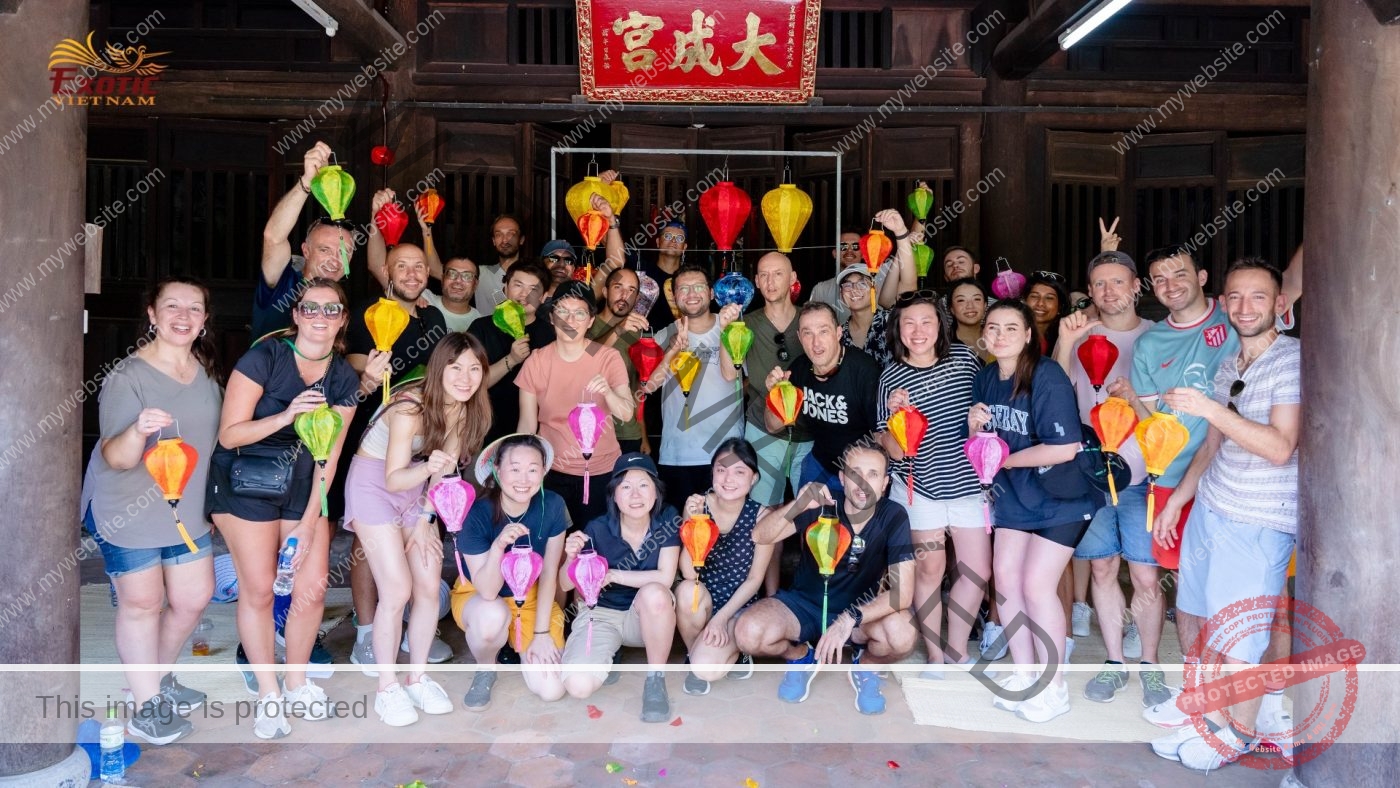Tourism activities, especially team building associated with UNESCO-recognized World Heritage sites allow visitors to experience majestic natural landscapes and learn about the history and culture of the country. Events linked to World Heritage sites also brings economic benefits to local communities by creating jobs and boosting food, accommodation, and other commercial services. These activities positively contribute to sustainable development and the preservation of the country’s cultural and natural values, reflecting our responsibility to future generations.
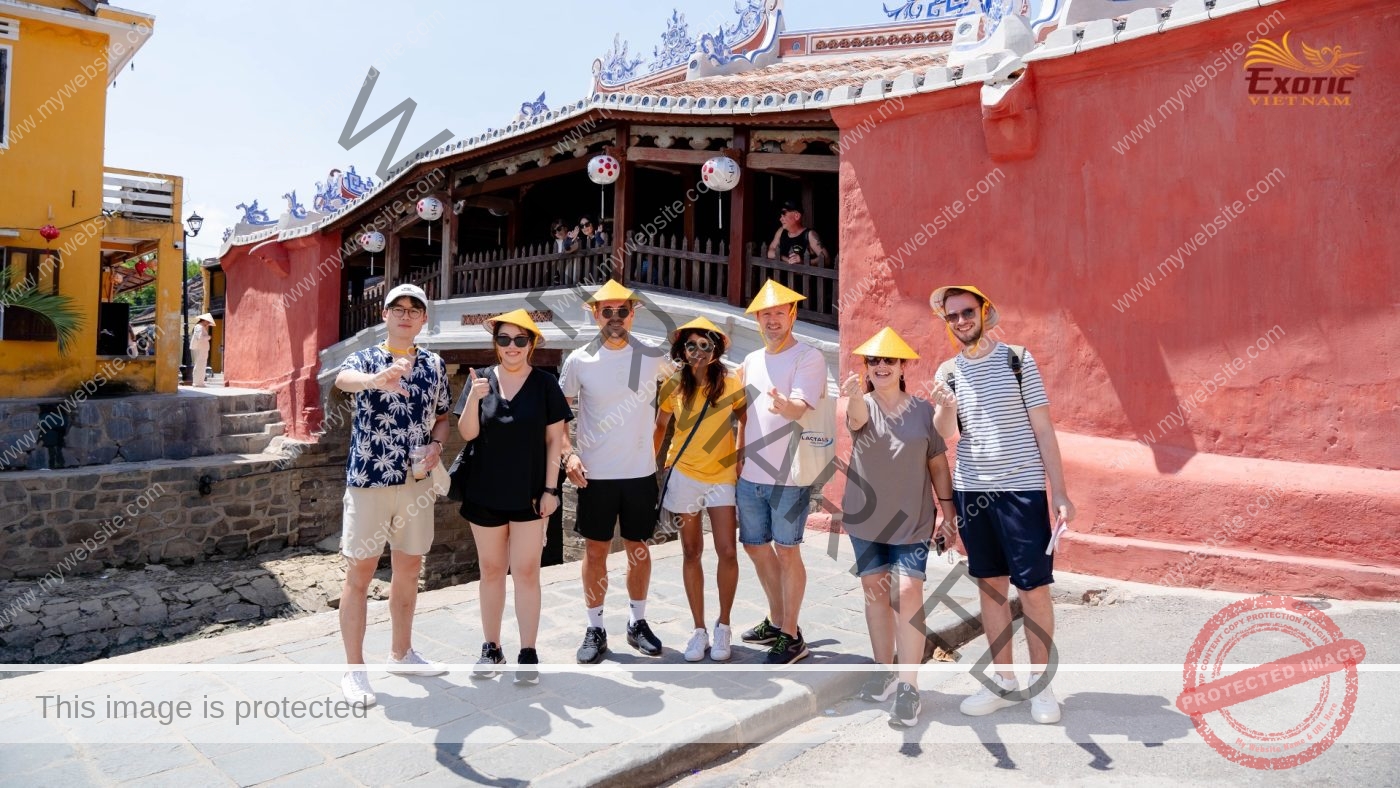
Criteria of UNESCO World Heritage
Here’s a simplified summary of the 10 UNESCO criteria for designating a site as a World Heritage site, whether natural or cultural:
-
Criterion (i): Masterpiece of human creative genius
The site is a remarkable example of human creativity in architecture, art, or technology.
-
Criterion (ii): Interchange of values
The site demonstrates significant cultural exchanges or influences over time between different cultures.
-
Criterion (iii): Testimony to cultural tradition
The site is a significant testament to a culture or civilization, illustrating its historical development and cultural practices.
-
Criterion (iv): Architecture and landscape
The site is an exceptional example of a type of building or architectural ensemble, showcasing the creativity and design of its time.
-
Criterion (v): Traditional human settlement
The site represents an outstanding example of a traditional human settlement, reflecting a specific way of life that has evolved over time.
-
Criterion (vi): Association with belief systems
The site is directly associated with important cultural, religious, or spiritual beliefs, and reflects the values of a community or civilization.
-
Criterion (vii): Superlative natural phenomena
The site features outstanding natural landscapes or phenomena that are of exceptional beauty or uniqueness.
-
Criterion (viii): Major stages of Earth’s history
The site illustrates significant geological processes or developments, showcasing the Earth’s history.
-
Criterion (ix): Ecosystems and biodiversity
The site is an outstanding example of a habitat for conservation of biological diversity, showcasing significant ecosystems.
-
Criterion (x): Significant natural habitats
The site contains important natural habitats for the conservation of endangered species or represents significant biodiversity.

List of World Heritage Sites in Viet Nam
Viet Nam has 8 World Heritage sites designated by UNESCO, which are listed from north to south as follows:
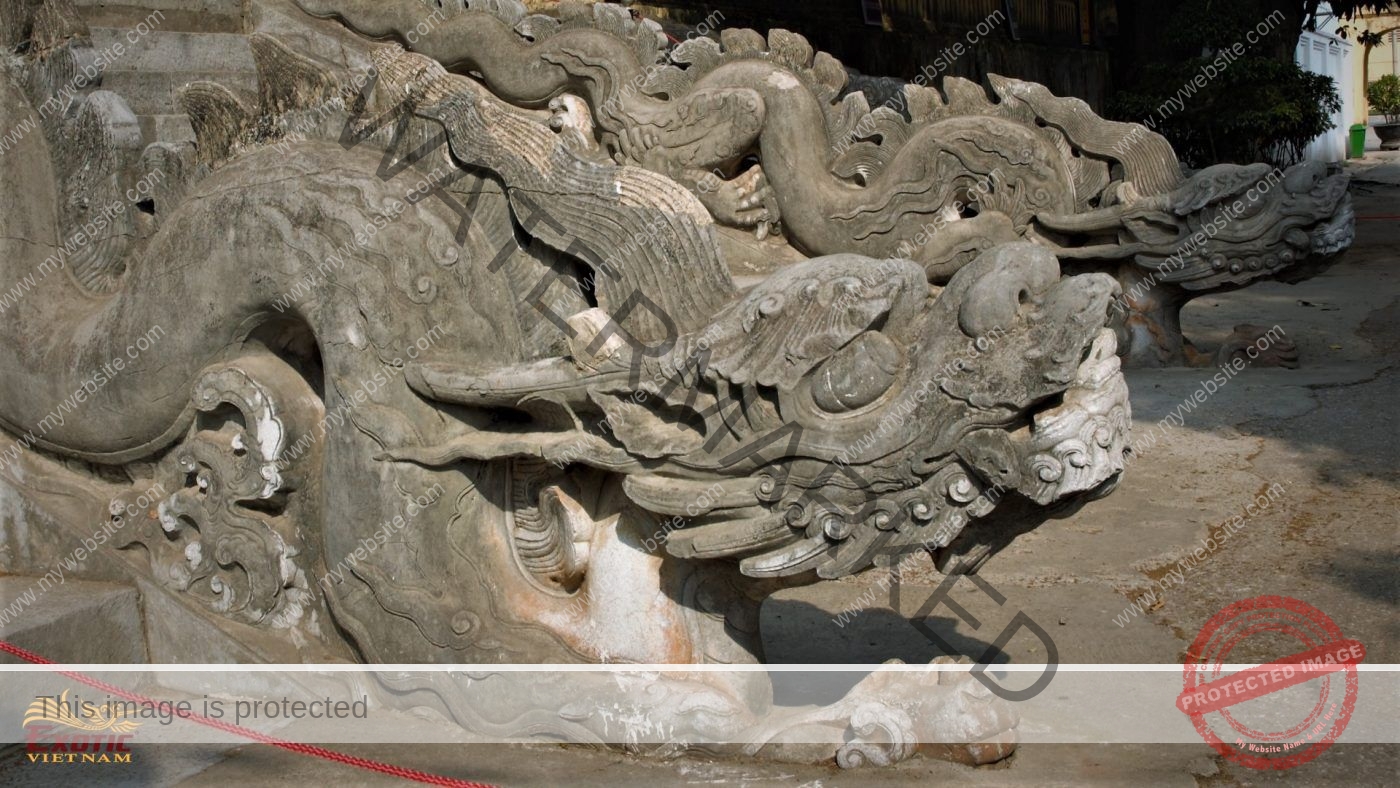
Imperial Citadel of Thang Long
Located in the heart of Ha Noi, the Imperial Citadel of Thang Long was constructed in the 11th century AD by the Ly Dynasty, symbolizing the independence of Dai Viet. Built on the foundations of an ancient fortress from the Chinese Domination Period in the 7th century AD, it is situated on the alluvial surface of the Red River Delta, which is replenished annually. For nearly 13 uninterrupted centuries, the Imperial Citadel served as the highest center of political power in the feudal state of Viet Nam. This site reflects a unique Southeast Asian culture specific to the lower Red River valley, situated at the crossroads of influences from China to the north and the ancient Kingdom of Champa to the south. In 2010, the Imperial Citadel of Thang Long was designated a UNESCO World Heritage site based on criteria (iii), (iv), and (vi).
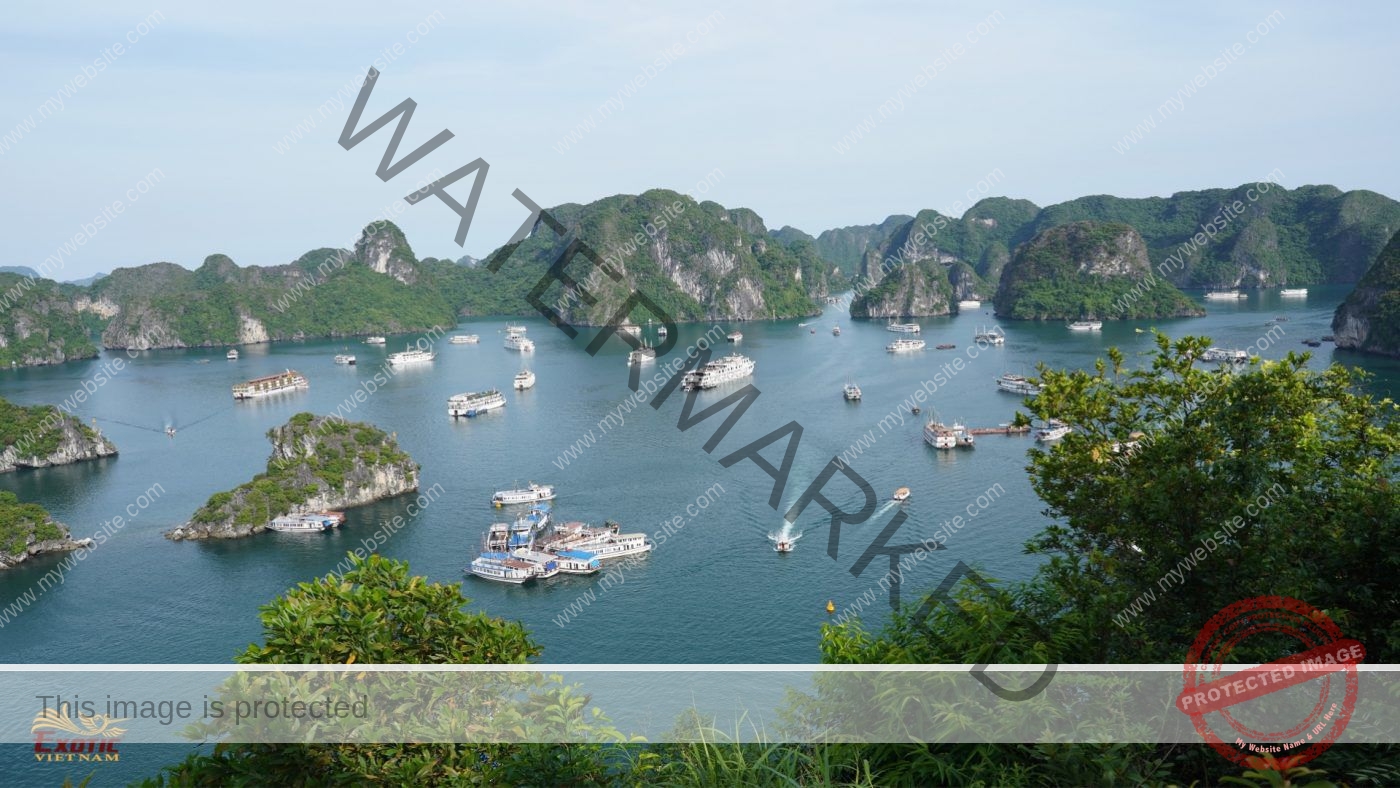
Ha Long Bay – Cat Ba Archipelago
160 km east of Ha Noi, Ha Long Bay is one of Viet Nam’s most magnificent scenic spots. It was designated a UNESCO World Heritage site twice: first in 1994 and again in 2000, based on criteria (vii) and (viii) for its exceptional natural beauty and outstanding geological and geomorphic values. In 2023, the heritage site was expanded to include the Cat Ba Archipelago, further enhancing its biological significance. Shaped by water currents and waves over hundreds of thousands of years, the limestone basin has been sculpted into caves adorned with sparkling stalactites, beaches hugging the foot of small islets, and rocks in countless unique shapes. The best way to experience this dreamlike landscape is by cruising on a traditional junk, kayaking to hidden coves, or relaxing on an overnight luxury cruise.
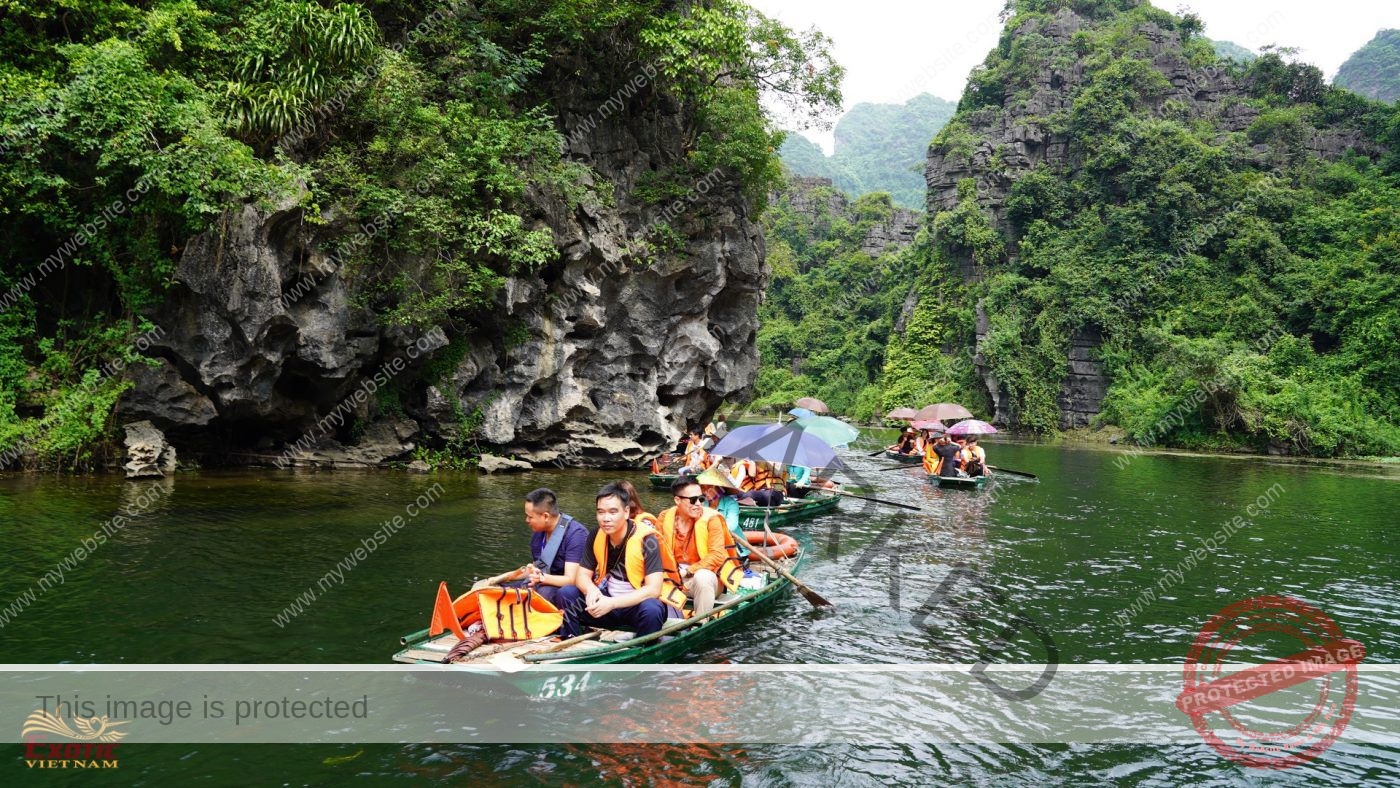
Trang An Landscape – Ninh Binh
90 km south of Ha Noi and known as “Ha Long Bay on Land,” Ninh Binh boasts a stunning karst landscape with towering cliffs surrounding flooded valleys and caves, along with a rich legacy of prehistoric settlements dating back up to 30,000 years. Notably, it was home to Hoa Lu, the first capital of independent Viet Nam from 968 to 1009, marking a significant period in the nation’s history as it laid the foundations for Viet Nam’s sovereignty and cultural identity. Visitors can explore Ninh Binh by taking traditional sampans along the tranquil waters, enjoying the breathtaking scenery while learning about the historical and cultural significance of each temple and monument. The Trang An Landscape was designated a UNESCO World Heritage site in 2014 based on criteria (vii) and (viii).
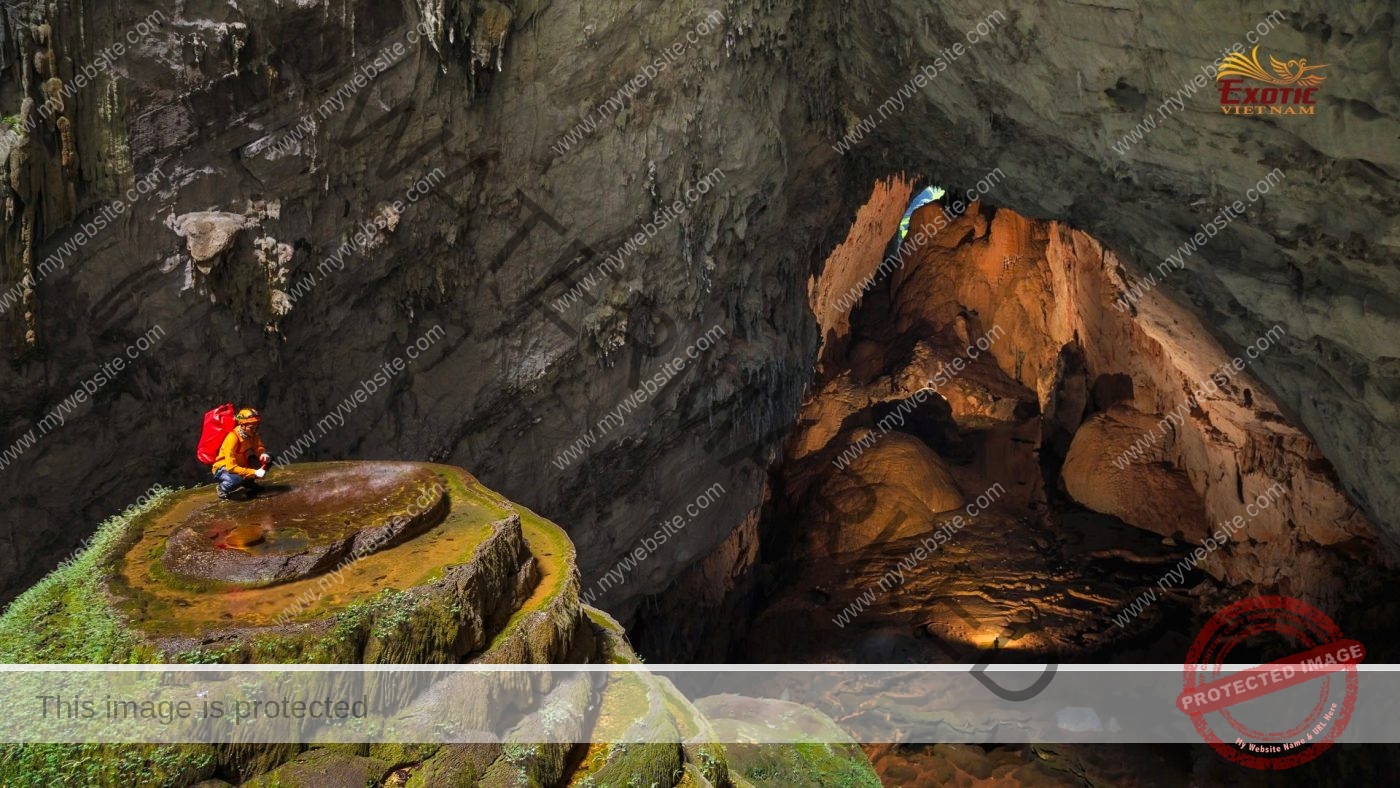
Phong Nha – Ke Bang National Park
50 km northwest of Dong Hoi City, Phong Nha – Ke Bang National Park is one of the world’s largest limestone regions, formed during the mid-Paleozoic Era, approximately 400 million years ago. The young karst landscape here features many impressive geomorphic characteristics that form countless underground rivers flowing through the magnificent caves, including Son Doong, known as the largest cave in the world. The park spans a core area of 85,754 hectares, primarily covered by tropical rainforest. Many endangered species, such as black bears, tigers, and elephants, still inhabit the area. Phong Nha – Ke Bang Park was designated a UNESCO World Heritage site in 2003 and 2010 based on criteria (vii) and (viii) for its geological and biodiversity significance.
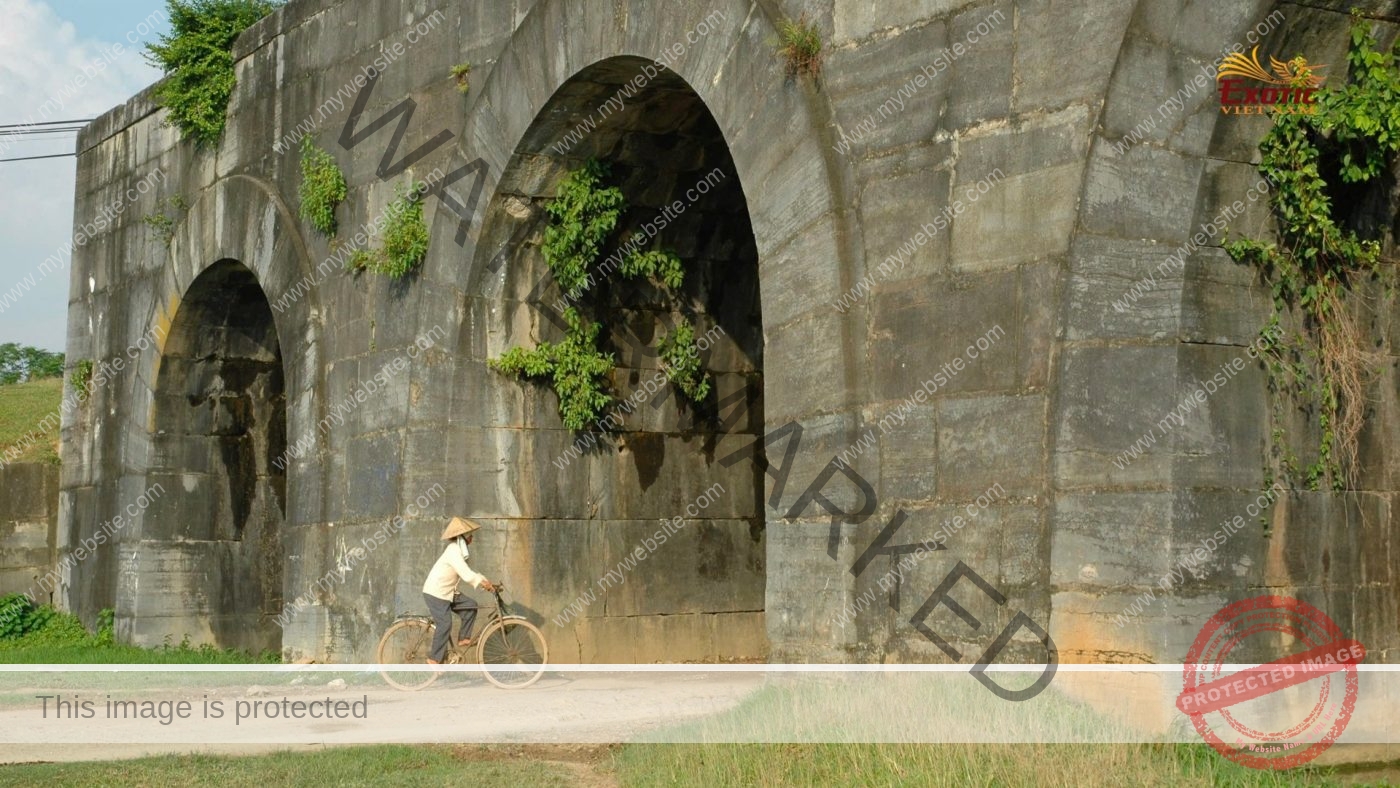
Citadel of the Ho Dynasty
50 km northeast of Thanh Hoa City, the Ho Dynasty Citadel was the capital of Viet Nam from 1397 to 1407. Designed according to the principles of geomancy (feng shui), it is a stone military structure of great cultural and historical significance. The most remarkable features of the citadel are its stone walls and arches, constructed from massive limestone blocks measuring 5.1 meters in length, 1.59 meters in width, and 1.3 meters in height, with some weighing 15-20 tons. These stones were stacked without any binding material and have remained intact for six centuries. The Citadel of the Ho Dynasty was designated a UNESCO World Heritage site in 2011 based on criteria (iii) and (iv).
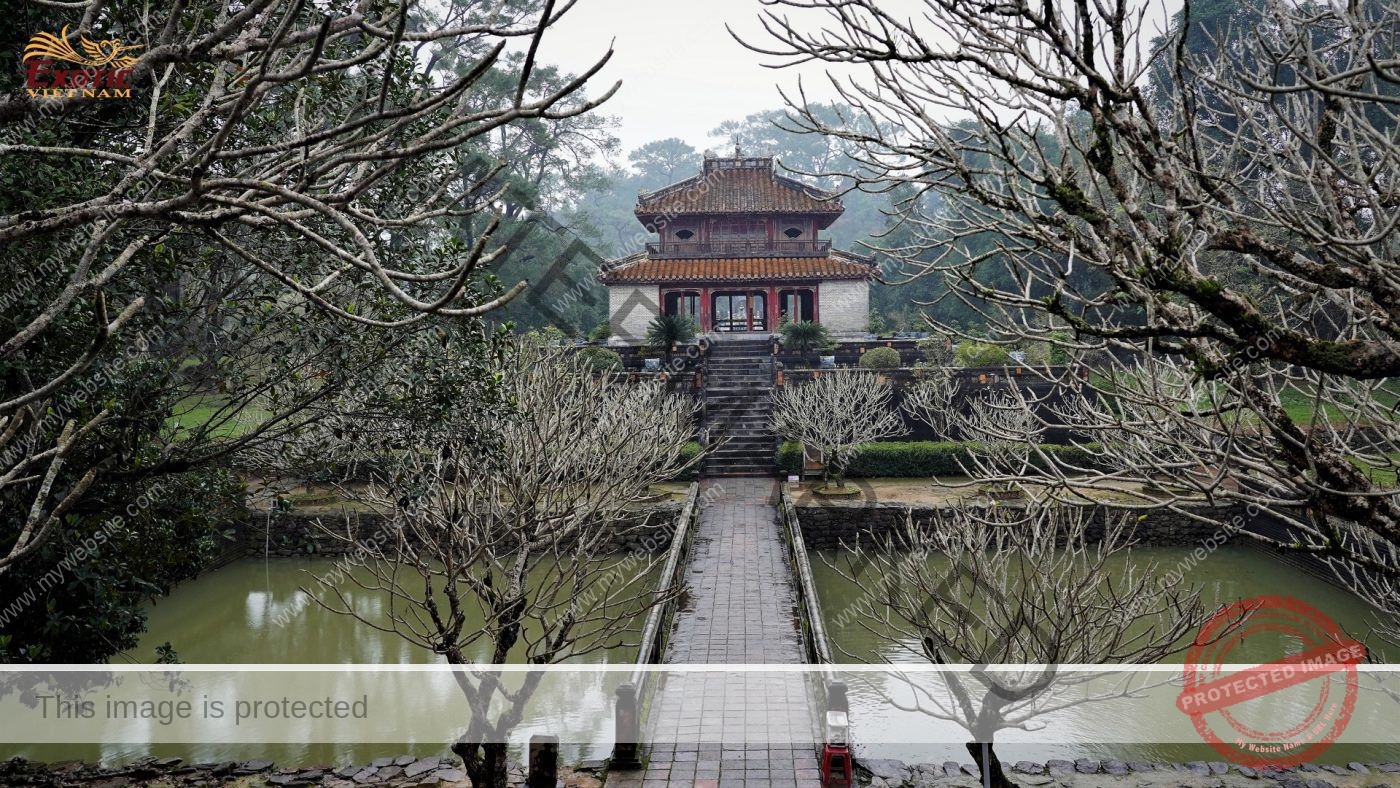
Complex of Hue Monuments
100 km north of Da Nang, Viet Nam’s feudal capital from 1802 to 1945 under the Nguyen Dynasty, Hue is renowned for the magnificent architecture of its citadels, palaces, royal tombs, pagodas, and temples, all set against the poetic backdrop of lush greenery along the banks of the Perfume River. These structures were designed in harmony with nature and according to the principles of geomancy (feng shui). In addition to its monuments, Hue still retains much of its former glory through daily routines and activities in religion, cuisine, handicrafts, music, performing arts, and traditional festivals. With these historical and cultural treasures, the Complex of Hue Monuments was designated a UNESCO World Heritage site in 1993 based on criteria (ii), (iii), and (iv).
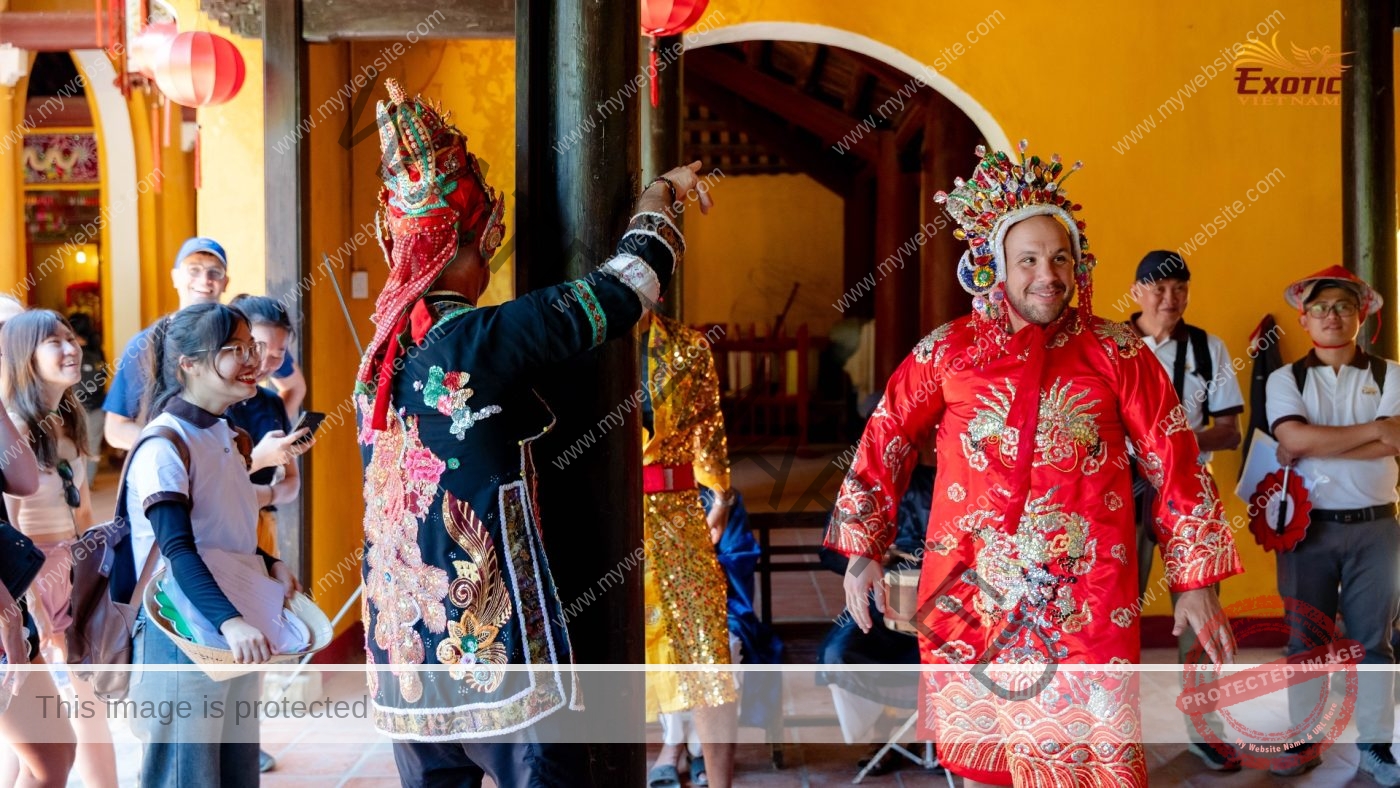
Hoi An Ancient Town
Just 30 km south of Da Nang, Hoi An thrived as a thriving trading port during the 17th – 19th centuries. Ships from China, Japan, and various European nations sailed along the Thu Bon River, partaking in a lively exchange of goods and culture. The long houses constructed by merchants showcase architectural styles from their respective homelands and remain remarkably well-preserved to this day. The charming narrow streets and bustling traditional markets of Hoi An are must-visit destinations to enjoy the nostalgic atmosphere as well as shopping opportunities. The Hoi An Ancient Town was designated a UNESCO World Heritage site in 1999 based on criteria (ii), (iii), and (iv).
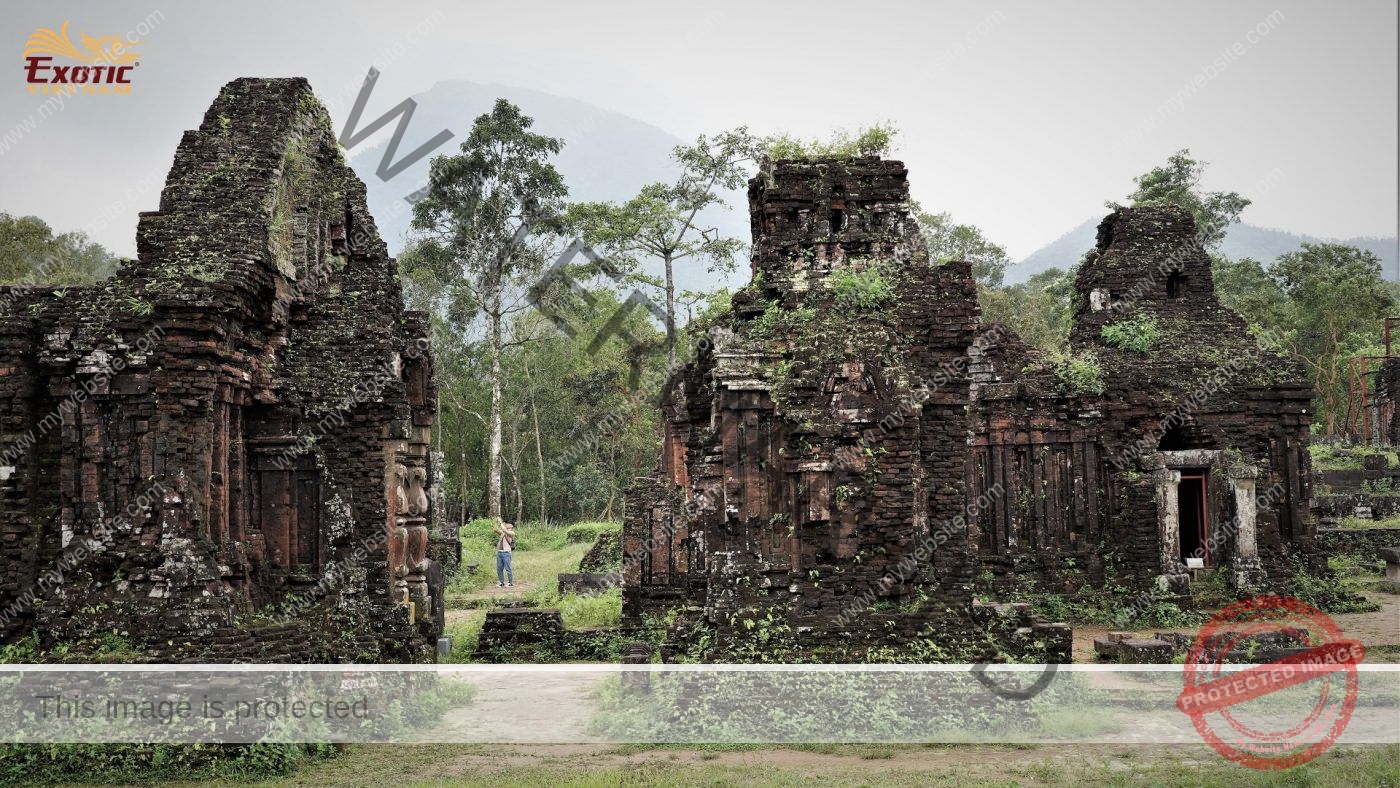
My Son Sanctuary
My Son Sanctuary, 50 km southwest of Da Nang, is an expansive complex of religious monuments from the ancient kingdom of Champa. From the 4th to the 14th century AD, it served as a site for religious ceremonies for the kings of the Champa dynasties and as a burial place for Cham monarchs. Towering in the background is Mount Mhadravata, which rises to 730 m above sea level and is believed to be a significant Linga, forming a natural Linga-Yoni complex within the valley. Despite suffering damage from years of conflict, the My Son Sanctuary in was designated a UNESCO World Heritage site in 1999 based on criteria (ii), (iii), and (iv).
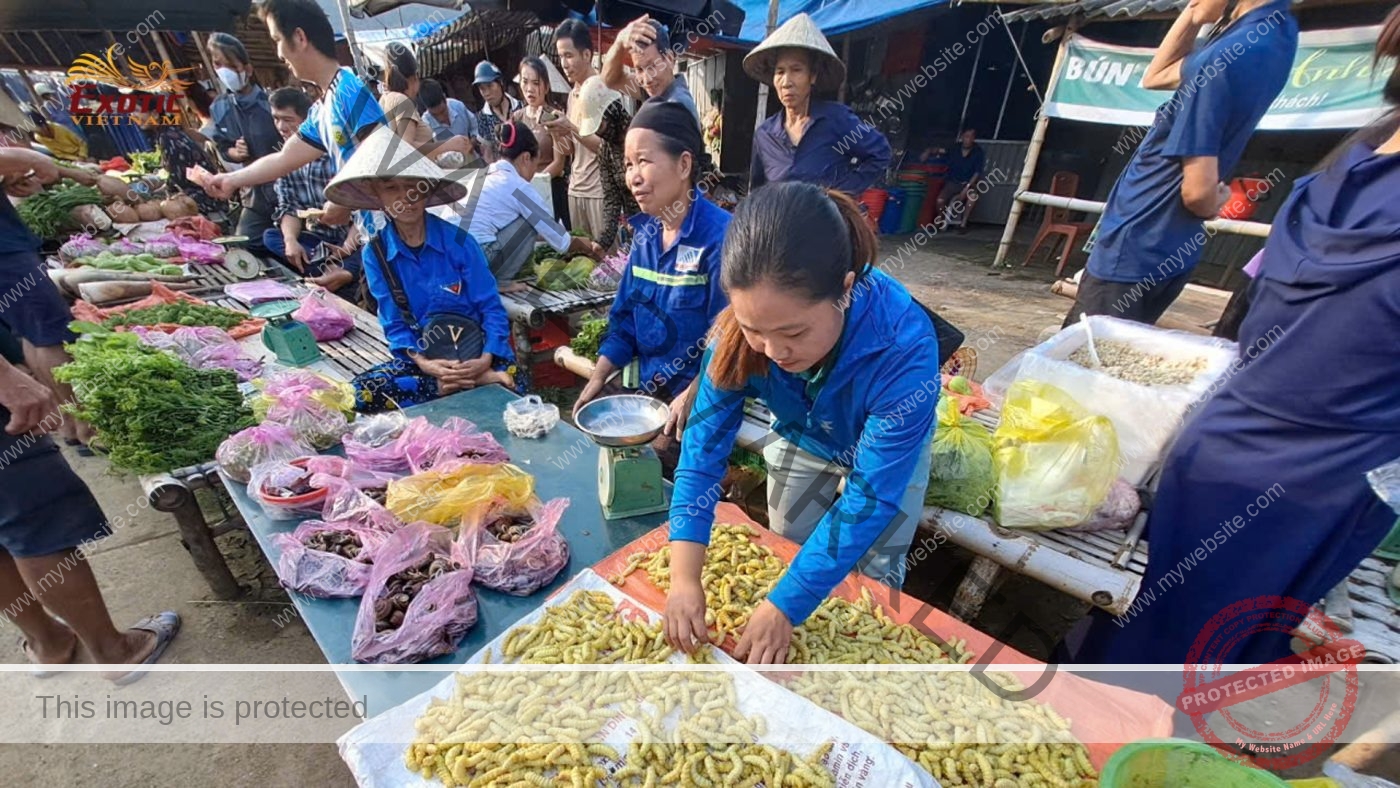
Exotic Vietnam Co., Ltd. is a reputable team building organizer committed to delivering authentic and meaningful experiences for clients. We specialize in designing diverse programs, from sports activities to cultural experiences, aimed at fostering teamwork and collaboration. Our company prioritizes environmental sustainability, implementing eco-friendly practices in event organization. We not only create memorable moments but also contribute to preserving and celebrating local cultural values. With a dedicated team of professionals, Exotic Vietnam ensures each event reflects our responsibility towards nature and community, making us a trusted partner in enhancing team spirit and corporate identity. Please contact us, www.exotic.vn.

